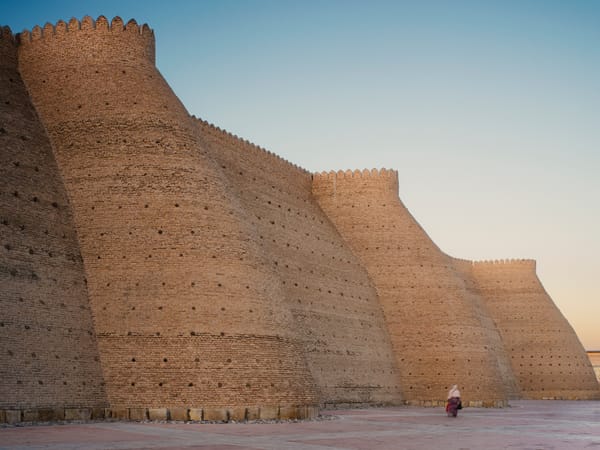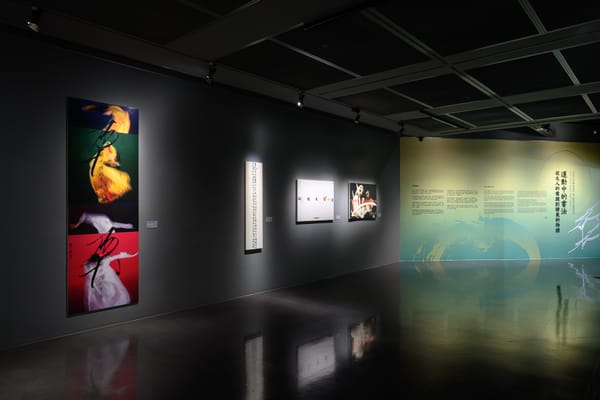Shows
Shen Shaomin’s “The Day After Tomorrow”
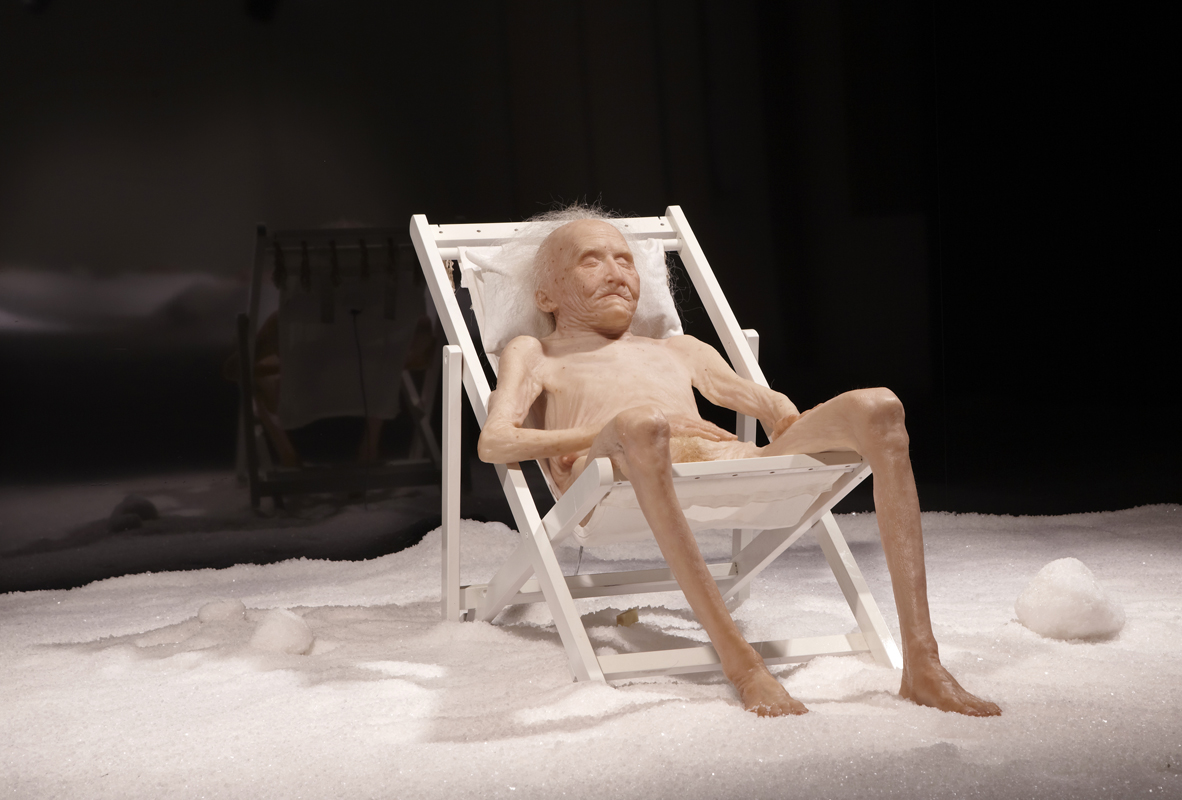

“The Day After Tomorrow” at Sydney’s Gallery 4A is Chinese-Australian installation artist Shen Shaomin’s first solo show in Australia for ten years. Shen originally moved to Australia in the early 1990s, yet spent an unproductive artistic decade, before returning to Beijing several years ago. Within a relatively short space of time he has since enjoyed global success, realizing large, significant installations that promulgate a world of finite resources exploited and despoiled by humankind.
Shen’s world is one in a state of catharsis, while being plundered by relentless globalization and consumerism; where human intervention has lead to desolation and chimeras. In this world, time is running out, a motif of Shen’s monumental installation Kowtow Pumps (2007), two lifesize ‘nodding donkies,” weighing several tonnes, used originally to extract oil from inland wells. Relocate to the city streets, their familiar and steady rhythms appear like exhausted palpitations, the last gasps of a dying resource.
“The Day After Tomorrow” continues Shen’s concerns with the environment and how attempts to control it can lead to catastrophic results. In I sleep on top of myself (2011), several hyperrealistic creatures, stripped of feather and fur, hibernate on beds of crystal salt. Some breathe, while others appear suspended in a type of cryogenic state. Shen’s vision of a future world is one stripped of resources, of its humanity, and devoid of enlightenment.
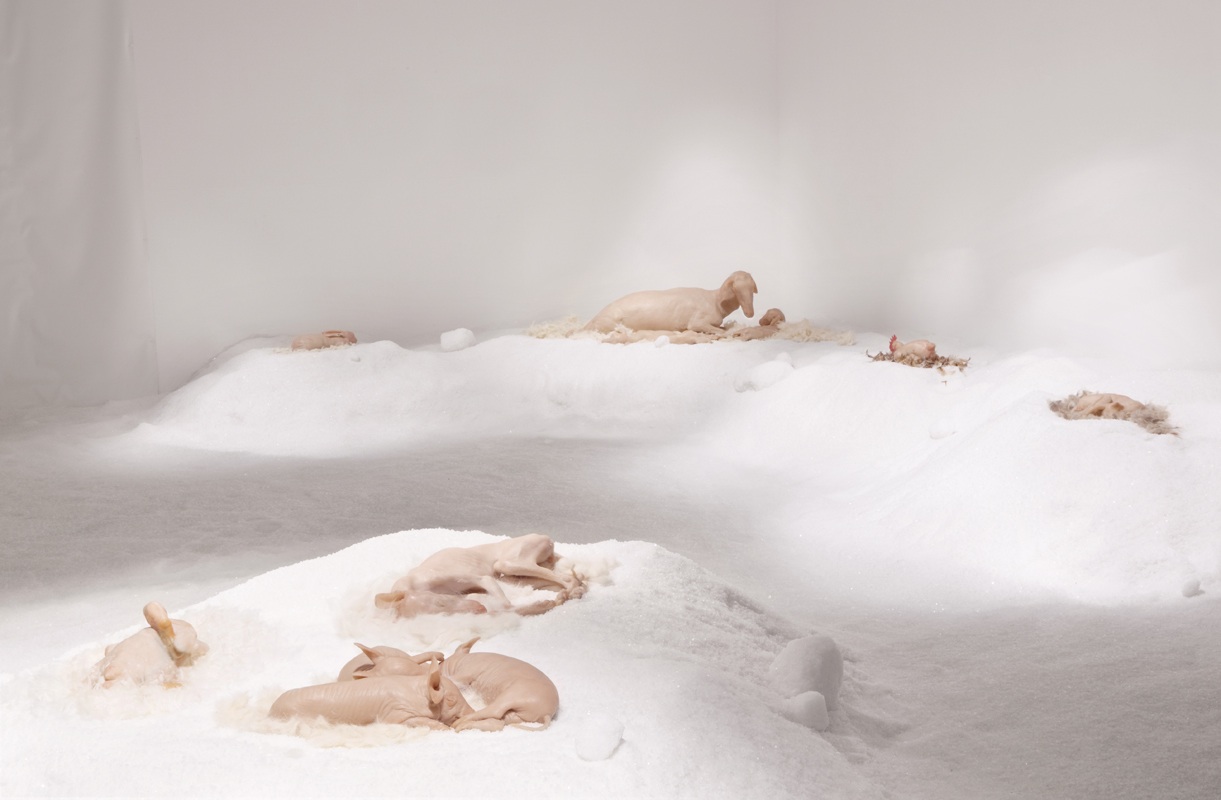
At another end of the gallery, in the installation I want to know what infinity is (2011), a naked hag (who would not be out of place in Shakespeare’s Macbeth) lies in a far corner sunbathing on a deck chair, genitals and sagging breasts exposed for all who care to see. Her body is shrunken into an almost androgynous stupor.
According to Shen, spirituality will not save the world either. Downstairs, I heard the sound of distance (20xx), features a selection of temple muyus, Chinese slit drums, arranged in a circle. Fashioned from several different materials, including plastic, aluminium and wood, they can be struck by visitors with the gongs provided. Originally conceived to give rhythm to a Buddhist monk’s chanting, Shen’s drums offer up only discordant chimes, a reference perhaps to how religion may be a useful palliative but one which is ultimately powerless to alter the course of the 21st century’s new creed of consumerism.
Curiously, Shen’s reputation in Australia has been slow to take off, unlike that of fellow émigré artists Guan Wei and Ah Xian, contemporaries who have trod a similar path. This, however, changed last year when two of his works—Summit (2010) and the “Bonsai” (2007-09) series—were shown to great acclaim in the Biennale of Sydney.
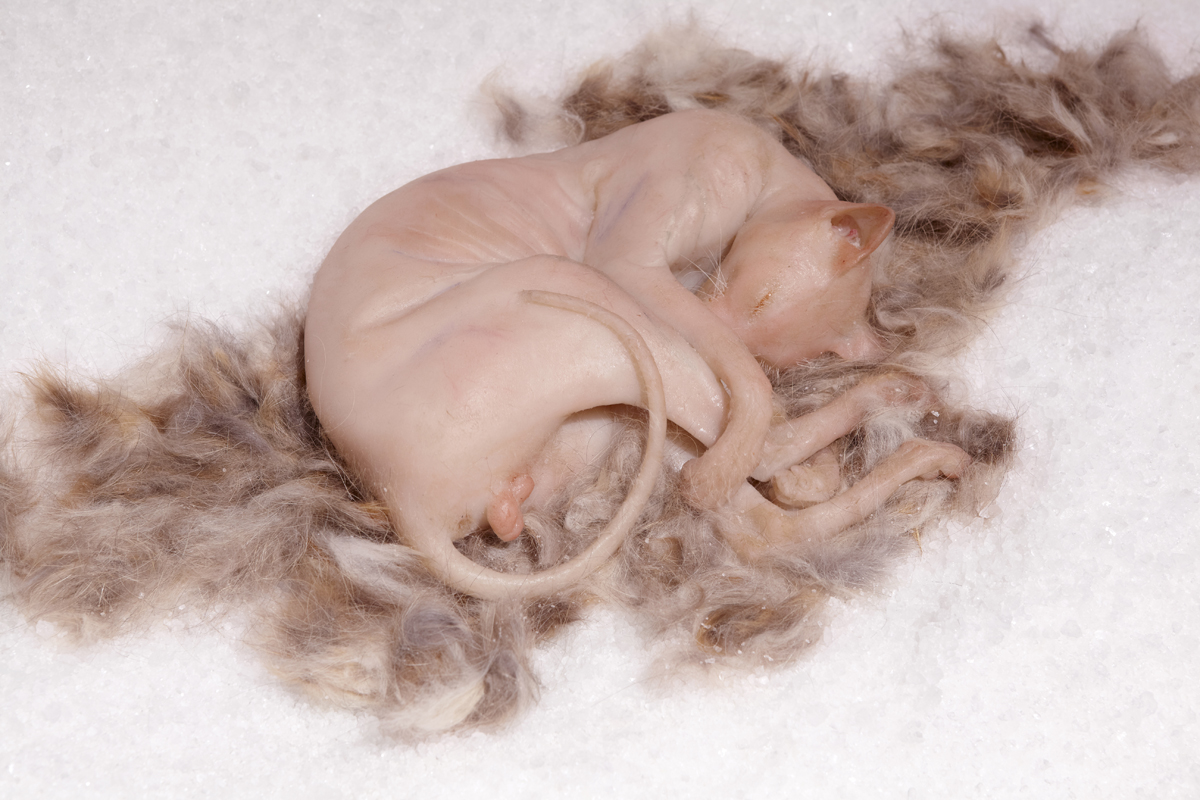
Summit comprised life-sized hyperrealistic sculptures of deceased communist leaders on their deathbeds (or in Fidel Castro’s case, clinging to life). Whereas Bonsai is an audacious and imaginative display of shackled bonsai trees, distorted by a decade of growth manacled to various clamps and chains. After years in these conditions the stunted trees, with their tortured contortions, assume a perverse beauty and were the highlight of the Biennale’s Museum of Contemporary Art section.
At Shen’s Beijing studio in early 2011 the last of the “Bonsai” series had just been bought by Swiss collector Uli Sigg, who was so anxious about its long-term care that he preferred to temporarily leave the plant in the studio. Sigg had also recently bought The Great Corpse (2006), the artist’s potentially controversial, hyperrealistic sculpture of a naked, dead Chairman Mao, which to date has not been exhibited. Shen explained to ArtAsiaPacific that every year, in its mausoleum in Tiananmen Square, the embalmed and mummified body of Mao is undressed, washed and subjected to processes the authorities believe will prolong the corpse’s longevity. Here too the theme of controlling and altering the natural order of the world proved irresistible.
Shen Shaomin is uncompromising in his bleak depiction of where he sees the global community heading—in which the BRIC nations do not embrace environmental policies that might compromise their economies, for example—ultimately resulting in his grotesque, post-apocalyptic forms. It is precisely because Shen operates within the context of such global pessimism that his work, with its oblique political overtones, is so powerful.
Amidst the proliferation of financial crises and depletion of natural resources, Shen’s acerbic commentary continues to be a timely reminder that art has a central role in all our futures, making us aware of the consequences of global warming, genetic manipulation, and the despoliation of the planet, of which we are all, in some regards, guilty.
